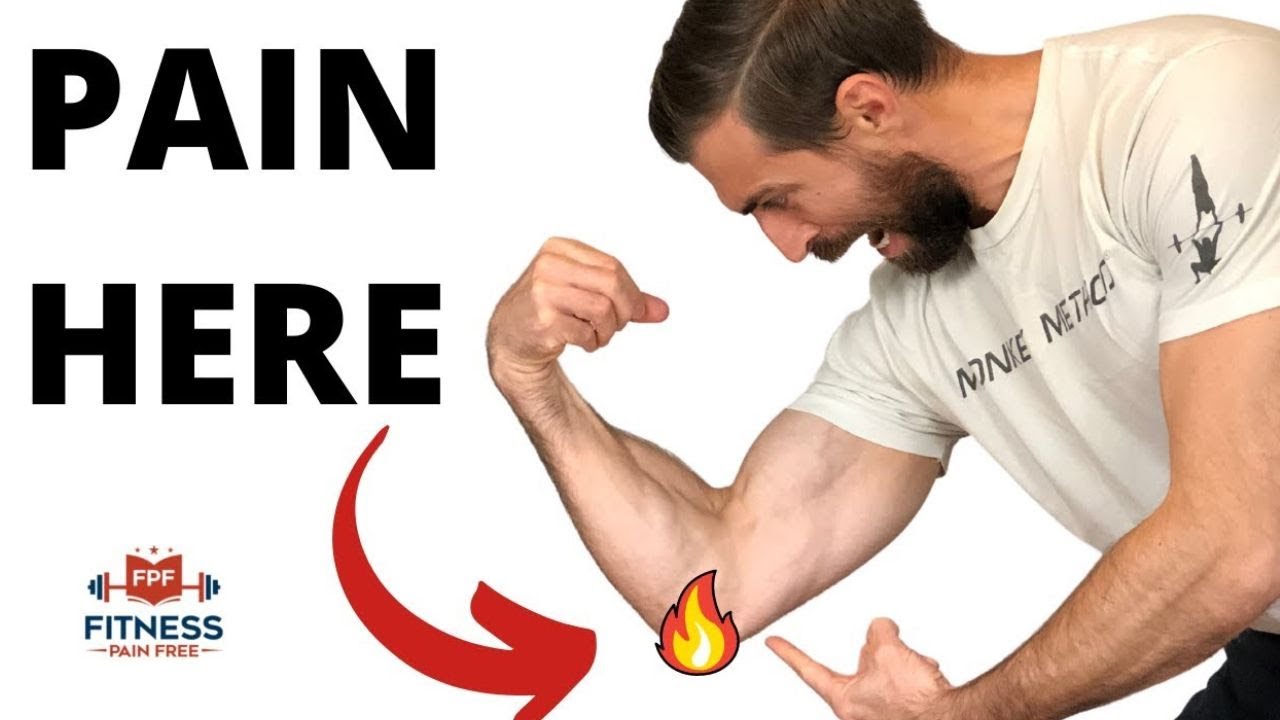
Golfer's Elbow Diagnosis and Differential Diagnosis for Physical Therapists [Medial Epicondylalgia]:
Welcome coaches and clinicians!
Our job is to help our patients recover from injury and improve their physical performance. One common injury we often see is golfer's elbow, which is characterized by pain and tenderness on the inside of the elbow. However, diagnosing this condition accurately can be a challenge, as there are many other conditions that can cause similar symptoms. That's why a good diagnosis and differential diagnosis are essential.
A good diagnosis is the foundation for effective treatment. Accurately identifying the root cause of the problem is critical to developing a targeted treatment plan. Without a proper diagnosis, treatment may be less effective or even make the problem worse. For instance, if a patient is misdiagnosed with golfer's elbow but actually has an ulnar nerve entrapment, treatments that focus on the tendons and muscles may not only be ineffective but could exacerbate the condition.
Differential diagnosis is a crucial aspect of the diagnostic process, particularly when it comes to golfer's elbow. It involves identifying other conditions that may present with similar symptoms and ruling them out. Some of the conditions that may mimic golfer's elbow include:
- Ulnar Nerve Injury
- Ulnar Collateral Ligament (UCL) Injury.
- Joint Pathology
- Cervical Radiculopathy
By performing a thorough examination and conducting appropriate tests, we can differentiate between these conditions and accurately diagnose golfer's elbow. Check the video below to see how I like to evaluate, diagnose and differentially diagnose this condition:
In conclusion, a good diagnosis and differential diagnosis are critical when evaluating golfer's elbow. As physical therapists, we must use our knowledge and skills to accurately diagnose this condition and differentiate it from other conditions that may mimic it. Doing so will allow us to develop an effective treatment plan and help our patients achieve optimal outcomes.
Golf is dangerous for elbows!
- Dan Pope DPT, OCS, CSCS
Show Notes / Relevant Articles:
- FPF Mini Course - 7 Reasons Why Injuries Happen in the Gym and What to do About
- How To Treat Medial Epicondylalgia (Golfer's Elbow) in Weight Lifters
- Physical Therapy Diagnosis and Treatment for Tennis Elbow [Case Study] Lateral Epicondylalgia, Epicondylitis, Tendinitis, Tendinopathy
- Evidence Based Guide to Tennis Elbow | Lateral Epicondylalgia, Epicondylitis, Tendinitis, Tendinopathy
Want to support me and decide topics for future episodes? Click HERE to sign up for FPF "Insiders" for just a dollar. You'll gain access to 100+ webinars, e-books and complete guides. Plus, you'll get private access to the "Insiders" Facebook group where you can have all of your questions answered by me.
Looking for other ways to support me that are 100% free?
- Like, comment and share on youtube, facebook and instagram
- Leave a 5-star review on apple podcasts
Thank you!
Dan Pope DPT, OCS, CSCS
References:
